Another day, another diet. Today we are going to be having a discussion about Bright Line Eating and review the pros and cons of this diet.
Yes, Bright Line Eating is a diet.
In this Bright Line Eating Review, I’ll cover what the rules of this diet are, what the pros and cons are for following this diet, and what I recommend for everyone (psst – it isn’t a diet).

What is Bright Line Eating (BLE)?
Bright Line Eating is abbreviated BLE. It is a diet program with a goal of weight loss. It is a regimented way of eating that is supposed to simplify how people feel about eating, while still losing weight.
I’ll cover the rules in more detail in a bit, but the biggest change for most people might be that the diet prohibits any sugar or flour. None at all. No cake on your birthday, no cookies for Christmas, and no treat just because you want some (which if you’re a member of the SociEATy, you know that you have 100% full permission to eat what you want, whenever you want).
You can subscribe to be an online member to join the BLE community and receive support (however I’d like to mention that the website does not mention any nutrition training of any member of their team).
If you choose (and pay the additional fee), BLE kicks off with an 8-week boot camp program.
Who founded Bright Line Eating?
Bright Line Eating is a diet program that was created by Susan Peirce Thompson, PhD. Dr. Thompson completed her undergraduate work in Cognitive Science and completed her PhD in Brain and Cognitive Sciences – i.e. – not nutrition.
Dr. Thompson shares on her website that she has gone through her own journey of addiction and sobriety as well as weight gain and loss through different kinds of diets. And that she felt her best and was able to keep her weight at her goal once she started the Bright Line Eating program.
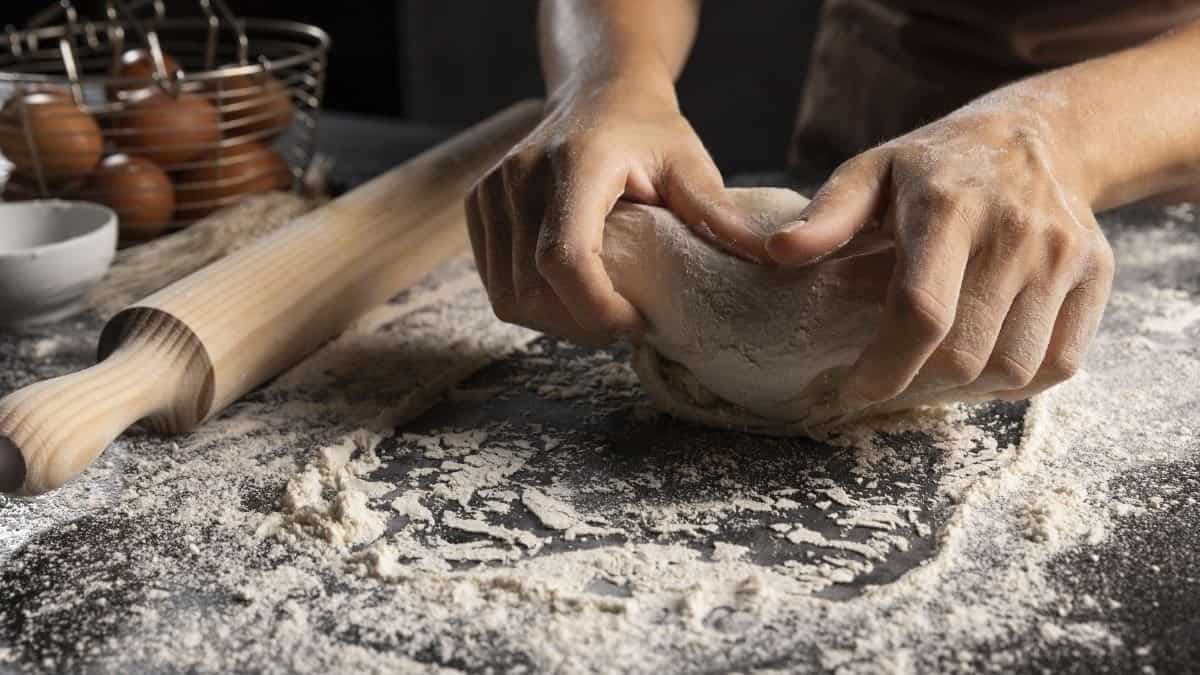
What are the Bright Line Eating rules?
There are four rules that make up the Bright Line Eating program which are known as “the bright lines.” The four Bright Lines are:
1. No sugar consumption
2. No flour consumption
3. Eating 3 meals per day with no snacking
4. Weighing and measuring meals
While I can appreciate that there are no more rules than these four, I do take issue with them. There is a benefit of having structure in your day, but eliminating snacks 100% of the time doesn’t allow you to tune into your body. There are days that you’re going to be hungrier than others. What if you just went on a long hike? Not allowing you to honor your natural hunger hurts the trust of your body.
Unless you have a food allergy or intolerance (or simply don’t like a certain food) there is no reason whatsoever to stop eating it. Making foods “bad” just makes us want them more. And while I don’t buy into the idea of a food addiction, it does make us want those foods more. (I’ll cover a bit more about food addiction in a bit.)
And while Intuitive Eating and food freedom does sometimes have the incorrect reputation of “only eat fun foods like fries and donuts,” it does mean that you’re allowed to have them whenever you want. Full permission means that you’ll end up wanting them sometimes, and fruits and veggies sometimes. Our bodies are pretty darn smart when we give her a chance.
The thing is – food is not just fuel for our body; it is fuel for our spirit, connections to our culture and a source of fun, celebration and comfort, too. This is what food freedom is really about: allowing our food to actually be all of those things for us.
Is Bright Line Eating legit?
The shortest summary is that any diet, including Bright Line Eating, just doesn’t work long term. In fact, most people who have lost weight through restrictive dieting regain it back within a few years. Even though their diet “worked” for a time, the results didn’t last.
This can cause yo-yo dieting for years, or even decades.
Unlike most of the diets that I’ve reviewed (and debunked), BLE does actually have published research. This is good, but it still doesn’t mean that I am an advocate for restrictive diets. Allow me to explain.
The webpage for Bright Line Eating shares a round-up of their published research papers. Most of the studies are of their eight-week boot camp. Bright Line Eating “works” because the study participants lost weight during this time period.
Ok…and then what? The research does not follow the participants past that period. Y’all – we can do just about anything for eight weeks, including lose weight. It doesn’t mean that the intervention is a good idea long term.
Picture this: a new eight-week diet plan comes along where you are only allowed to eat one banana for breakfast, a PB&J for lunch and chicken with broccoli for dinner. Every darn day. You have to follow strict, set portions and have to weigh your food. Ten extra grams of peanut butter? Nope: that makes you addicted to food.
Would you lose weight? Probably. Is this a good eating plan for life? Not so much.
Next: let’s talk about mental health a bit.
Mental health and food
While it doesn’t go into this level of detail on the public website, current and previous members have shared their experiences with BLE on their own personal blogs.
One thing that I found disheartening is that BLE members are never ever allowed to make an exception to the eating rules. A woman was literally struggling with the decision to eat a slice of her own wedding cake at her upcoming wedding.
And if you bite the bullet, I mean, take a bite of the cake: the shame train starts and other members will then comment that you’re addicted to food.
I call BS.
And while some structure is a good thing, being rigid and inflexible is not. BLE does not allow for any flexibility about portions or meal times. Or even (good grief) a snack. In this diet program, members are supposed to trust a book over their own body. How bananas is that?
And the main objection? This is a diet plan advocating for weight loss. Get me outta here.

I’ll never advocate for weight loss as the goal
For the official record, I don’t advocate for weight loss as a goal. The long-term research shows that weight loss programs just don’t stick long term and that most people who have lost weight gain it back and damage your metabolism in the meantime. I’ll refer you to my post, Set Point Weight Theory: What It Is & How To Find It for a few more details on that concept.
Instead, I recommend focusing on lifestyle habits that are evidence-based to boost health and wellness. Starting but not limited to:
- Getting a good night’s sleep
- Removing food rules that stress you out and make your metabolism go out of whack
- Joyful movement
Let’s talk about food addiction
I know from personal experience how uncomfortable and shame-laden it can feel when you are not in control of what you’re eating. And new members of the SociEATy tell me again and again that they feel addicted to food.
Food can feel really complicated, and it completely makes sense to wonder if you have an actual addiction to food, just like having an addiction to drugs, alcohol or gambling.
The tricky part is that the idea of a food addiction is still really controversial in the medical field – experts disagree on if it even exists.
What we do know for sure is that restricting or eliminating foods or food groups makes us want them more. Period. And if something is off-limits – whether by food rules or circumstance, such as food insecurity – we want them more.
These behaviors could manifest as a chronic dieter or even disordered eating. And while some foods can be described as “highly palatable” in the research – things like cookies, fast food, muffins, and so on – it might be easier to eat past fullness…but it doesn’t mean that we have an addiction.
Just because I really enjoy cuddling with puppies does that make me addicted? No. It’s an enjoyable and pleasurable experience that is our human right to enjoy. Just like food!
Instead, we need to explore how we view foods. Do you categorize some foods as off-limits or special occasion foods? If so, those foods might have a stronger pull…for you!
Going back to that puppy example: if you told me that I could never cuddle with a puppy again you bet your bottom dollar I’d be doing that 24/7 until you pulled me away!
Now back to food. Everyone puts food on pedestals differently. You might have food rules that are so ingrained that you don’t even realize that they are your personal rule book. I have an entire blog post that goes over how to identify & break food rules.
(Psst: if you’ve ever wondered if you are thinking about food waaaayyyy tooooo much or a healthy amount, you’re not alone. Check out my blog post about food obsession.)
Making a stink about the motto
Can we talk about the motto for just a moment: “Happy, Thin and Free”? This rEalLY, ReaLly rubs me the wrong way.
Making the statement that thin is healthier is fatphobic, not based on research and I simply won’t tolerate it.
You can no sooner tell someone’s health by looking at them than tell if someone is left-handed just by looking at them. You cannot tell their usual eating habits, the status of their mental health, or how much they’ve been sleeping on a usual night. It may feel counterintuitive since 99% of all messages in the media are pushing a thin-focused agenda, but thin doesn’t equal happiness or health and it’s the OPPOSITE of food freedom.
Our health is determined by our behaviors, genetics, environment, and more. Our health is not our size.
Let me repeat that: our health is determined by our behaviors, not our size.
Eating fruits and veggies is a great idea, but that doesn’t mean that doughnuts or cookies are evil or should be banned. And just as important as what you eat? Your relationship with your body, your eating, and letting go of food rules. Plusssss…how much you sleep on a regular night, your stress levels, doing movement that you enjoy, time with friends and family, time in nature, and so on. So many things matter more than eating some sugar (and beating yourself up about it).
You truly can be healthy at any size. And you can have unhealthy behaviors and beliefs at any size. Just like we have (check out my blog post on health at every size a.k.a. HAES explained here!) dogs of all shapes and sizes – from a dachshund to a great dane – people come in all shapes and sizes, too.

Food freedom is the goal
Picture your kiddo coming home from school and bringing you a cookie that they were so proud to have made at school in their cooking class. Can we talk about the harm that is doing to you, not being able to experience your full life? And what about the unsaid rules you’re demonstrating to your kiddo…do you want them to categorize fun foods as “bad” or “deadly?”
Food freedom is having the foods that you want, when you want them. And while sometimes people hear that and assume “doughnuts and fries all day long,” we also know that if you only ate those foods, your body wouldn’t feel all that great. Food freedom is full permission to eat what sounds good. And I know it might sound shocking to a dieter but sometimes that will be a salad, sometimes that will be fries (and it might be both for lunch – enjoy!).
I also know that food freedom is a whole heck of a lot easier said than done. You can listen to my Food Freedom journey on this podcast episode.
Key Takeaways: Bright Line Eating Review
While I can understand the appeal of a diet that promises to be the last diet you’ll ever need, as a registered dietitian, I can only advocate for what the science supports. Long-term data does not support short-term, restrictive diets, Bright-Line or otherwise.
Bright Line Eating does have published research to support their boot camp, but the participants are not followed long term.
I advocate for food freedom for my clients. I can teach you how to have your best, most loving relationship with your body and with eating as a member of the SociEATy – you’re invited! This is your supportive membership community to empower you to live your best life; no weighing or measuring allowed, cookies encouraged as often as they sound good to you.
Other Blog Posts You Might Like:
XOXO,
-Colleen

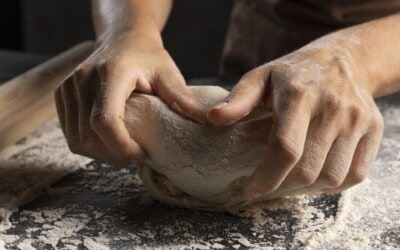
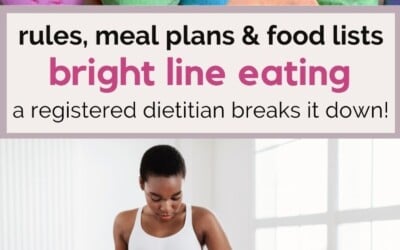
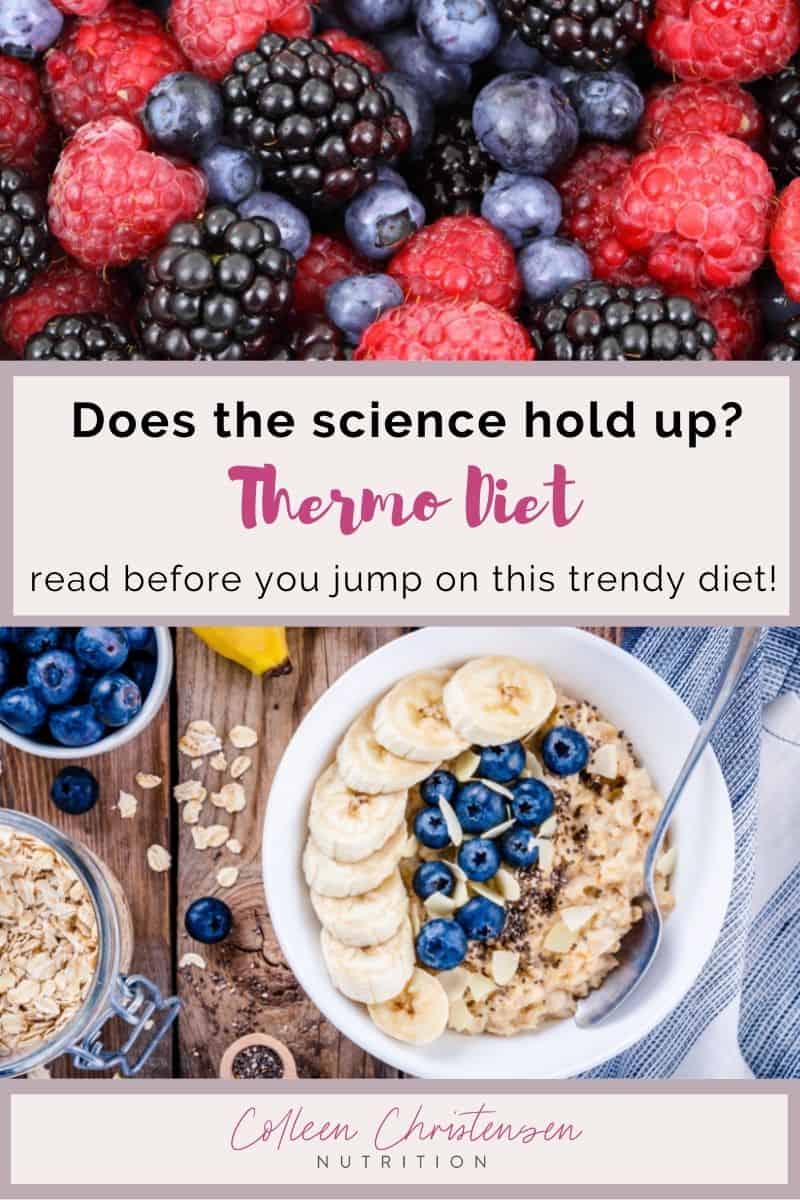
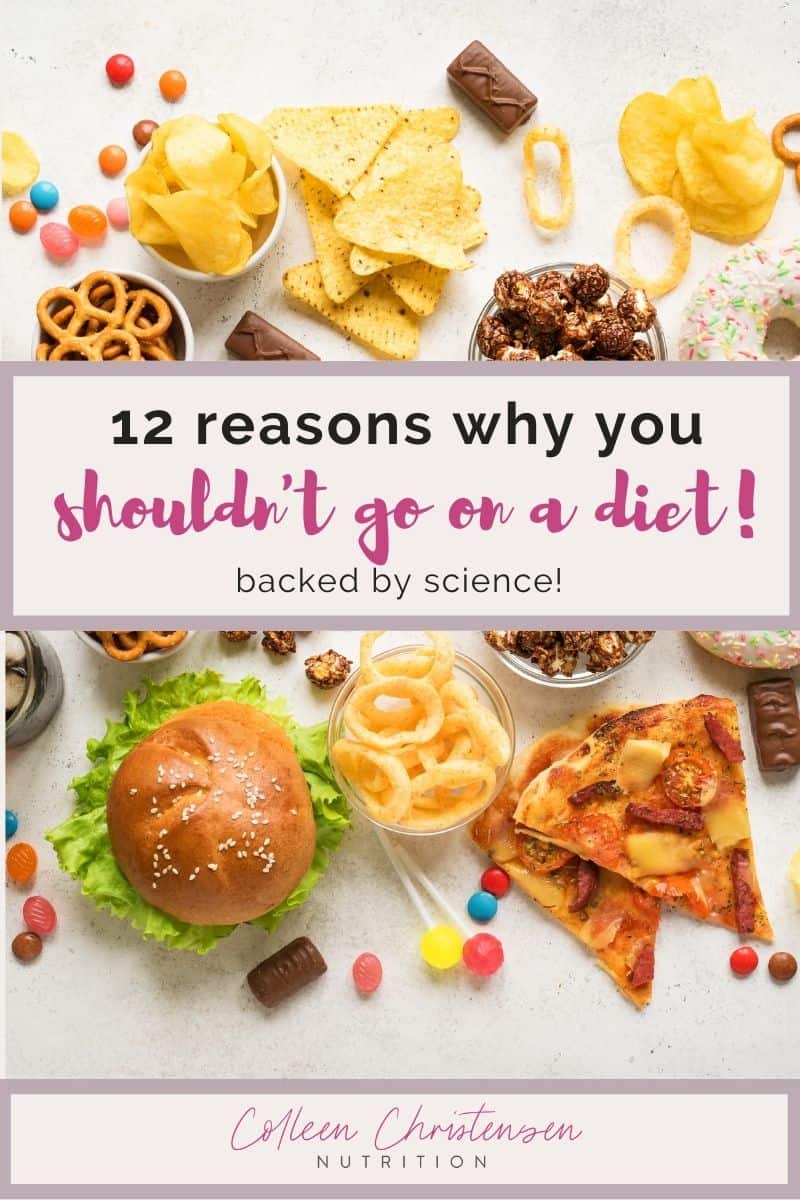
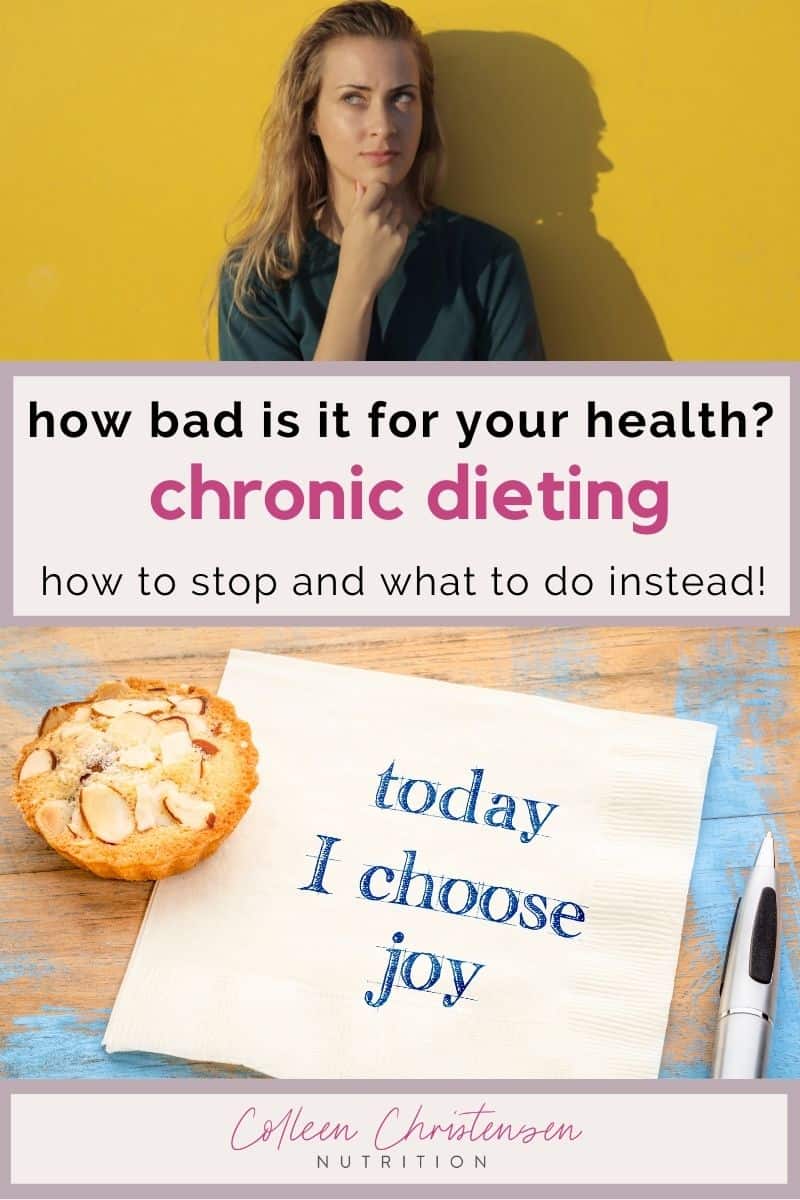
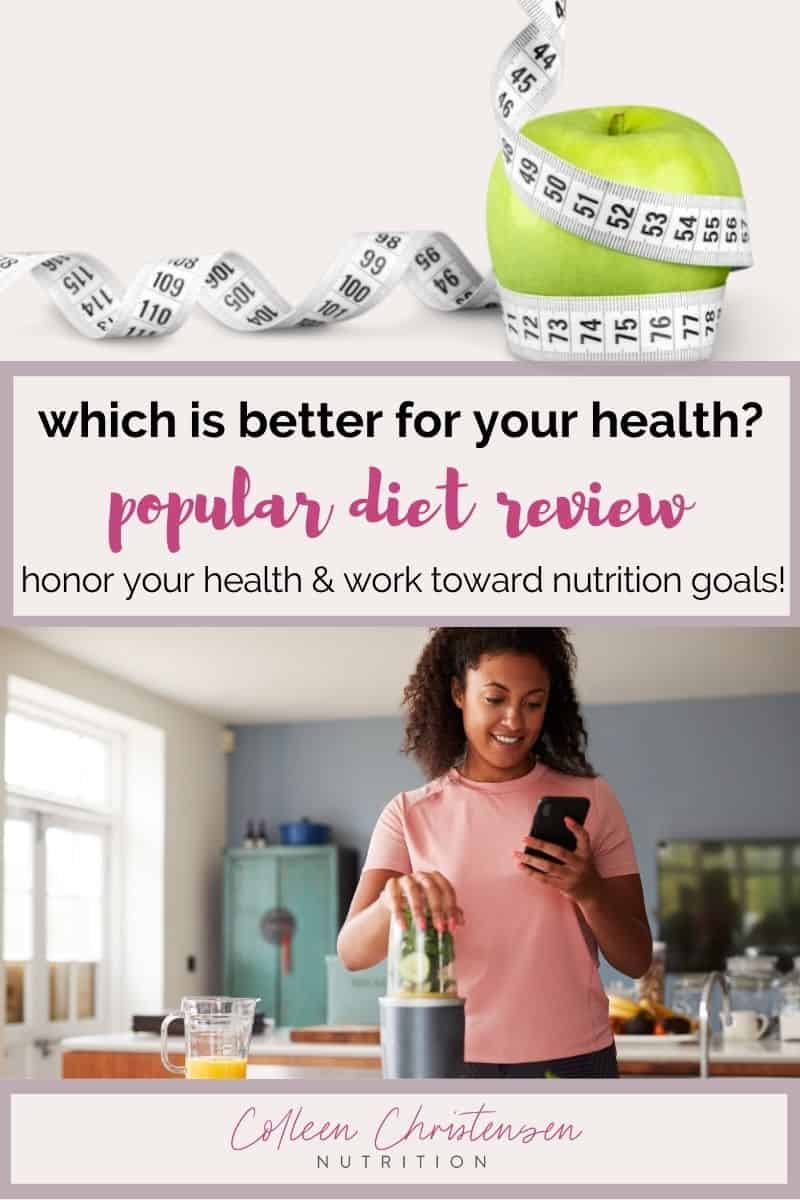

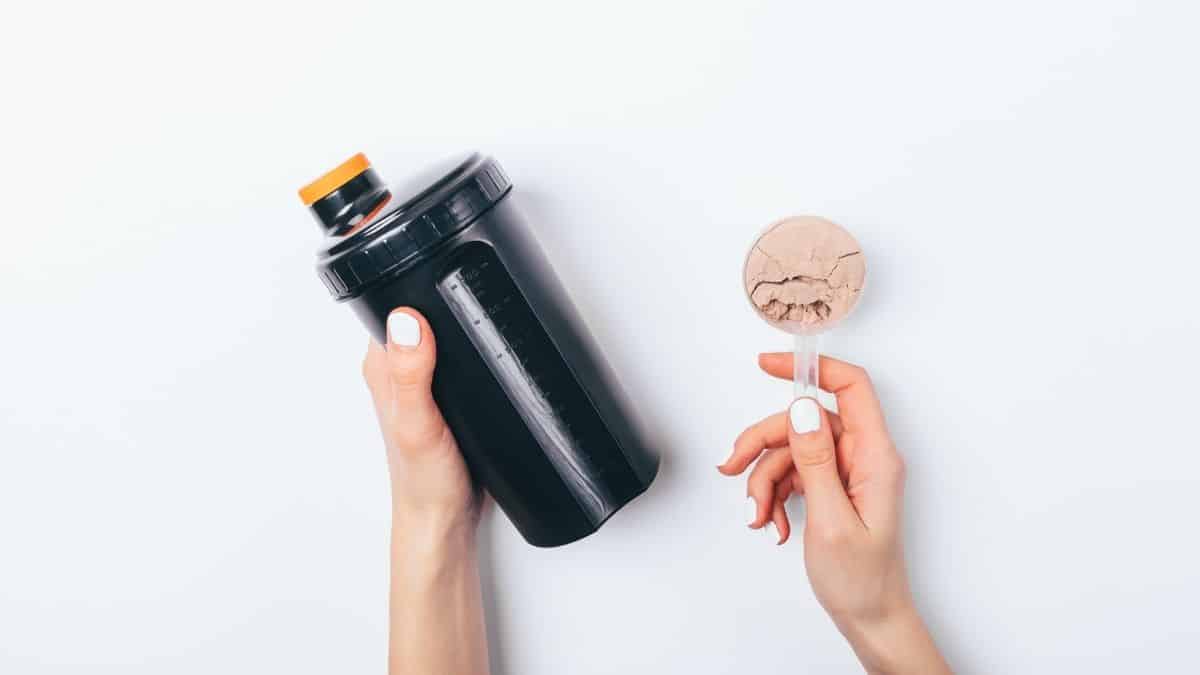
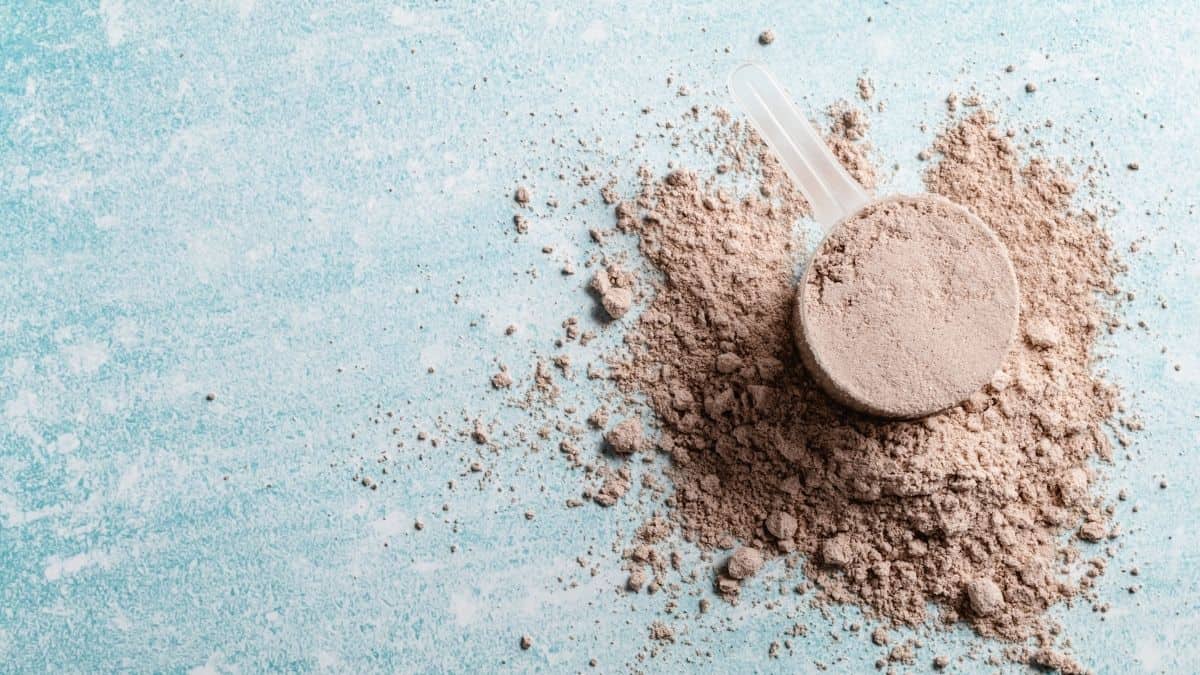

Leave a Reply